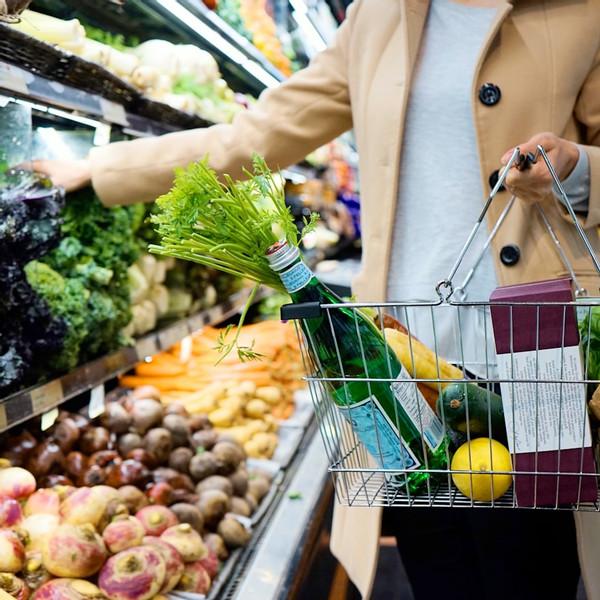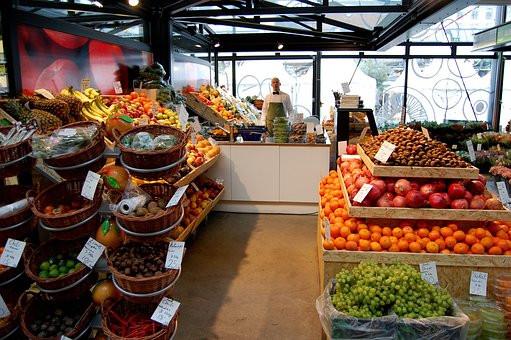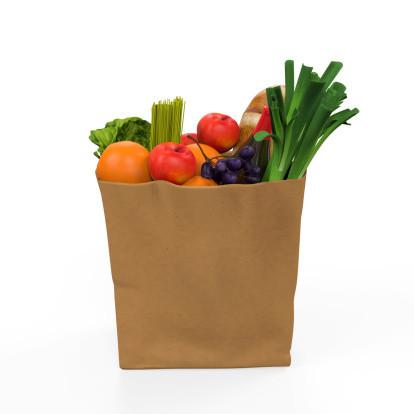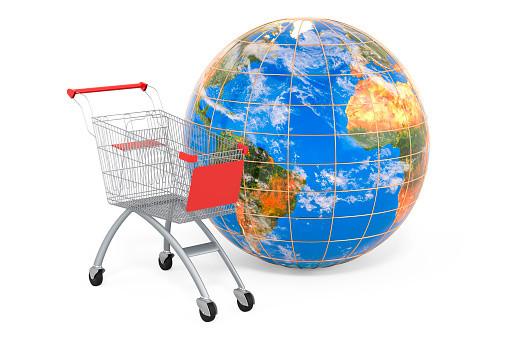Explore the World's Best Ideas
Join today and uncover 100+ curated journeys from 50+ topics. Unlock access to our mobile app with extensive features.
Cutting back on carbon emissions is a universal mission
Unless people reduce CO2, methane, and other greenhouse-gas (GHG) emissions, sea levels will rise, and disastrous weather events may happen.
The food system accounts for more than 30 percent of global GHG emissions, and the grocery sector has a unique opportunity to become the driving force for the decarbonization of the entire food system while saving costs.
3
34 reads
Sustainable grocery
The pressure from multiple stakeholders to make grocery sustainable is growing.
- 37 percent of European consumers deeply care about sustainability. Many consumers already pay more for sustainable options that are also beneficial to themselves.
- Sustainable employers stand a better chance to attract, retain and inspire purpose-driven people.
3
35 reads
Regulations
- Europe has set targets for reducing GHG emissions to achieve net zero by 2050.
- Internationally, Glasgow's UN Climate Change Conference had the first concrete methane reduction pledges.
- In New Zealand, the government plans to charge farmers for the methane emissions from the animals they keep.
- In the Netherlands, plans to slash emissions associated with livestock farming gave rise to nationwide protests by farmers.
3
34 reads
Most emissions are outside the direct control of grocers
Grocers can create transparency around current GHG emissions along the entire value chain.
- Scope 1. Direct emissions from grocers' operations.
- Scope 2. Emissions from the generation of electricity and heat that grocers purchase
- Scope 3. Emission from agriculture, food processing, waste, and transport upstream, as well as transportation, consumption, and waste downstream.
Scope 1 and 2 emissions account for about 7% of the total, while 93% of emissions are outside the grocer's direct control.
3
29 reads
Decarbonizing grocery operations (Scope 1 and 2)
Energy consumption in stores can be reduced by 30–50 percent by modernising lighting, refrigeration, heating, ventilation, air conditioning, and cooling alone.
Saving energy in stores can fall into four categories:
- net-zero stores
- net-zero warehouses
- net-zero fleets
- sustainable manufacturing (for vertically integrated grocers)
Each category has levers that are less and more disruptive. A potentially powerful lever is redesigning the grocer's network of distribution centres to shorten routes.
3
25 reads
Decarbonizing food production and consumption (scope 3)
The bulk of grocery emissions occur during production and consumption.
The biggest challenges is the key role dairy and meat play in the Western diet. The global cattle population is among the top three for GHG-emissions.
3
26 reads
Five strategies to reduce scope 3 GHG emissions
- Provide more sustainable options, including both branded and private-label (PL) products. Substituting beef with plant-based alternatives can lead to a 90 percent reduction in emissions. Additional assortment-related levers include refillable packaging, products sold without any packaging, and reduced package size.
- Create transparency for consumers. all PL products in a grocer’s assortment should have labels specifying their impact on consumer health and the environment.
- Collaborate with farmers.
- Collaborate with small and medium-size suppliers
- Set ambitious targets for major CPG companies.
3
22 reads
Making it happen
Transforming the global food system will take many years. Grocers are well advised to embark on their decarbonization journeys today and position themselves at the forefront of the transformation by pursuing initiatives across three areas:
- Get the basics in place. Increase transparency around key sustainability metrics and implement a scope 1 and 2 abatement strategy.
- Develop a compelling sustainability value proposition to consumers.
- Explore opportunities for disruptive business building.
3
23 reads
IDEAS CURATED BY
Ralph Caldwell's ideas are part of this journey:
Learn more about scienceandnature with this collection
Basic survival skills
How to prioritize needs in survival situations
How to adapt to extreme situations
Related collections
Similar ideas
5 ideas
In search of fashion’s sustainability seekers
mckinsey.com
9 ideas
Probing reality and myth in the metaverse
mckinsey.com
5 ideas
Read & Learn
20x Faster
without
deepstash
with
deepstash
with
deepstash
Personalized microlearning
—
100+ Learning Journeys
—
Access to 200,000+ ideas
—
Access to the mobile app
—
Unlimited idea saving
—
—
Unlimited history
—
—
Unlimited listening to ideas
—
—
Downloading & offline access
—
—
Supercharge your mind with one idea per day
Enter your email and spend 1 minute every day to learn something new.
I agree to receive email updates




